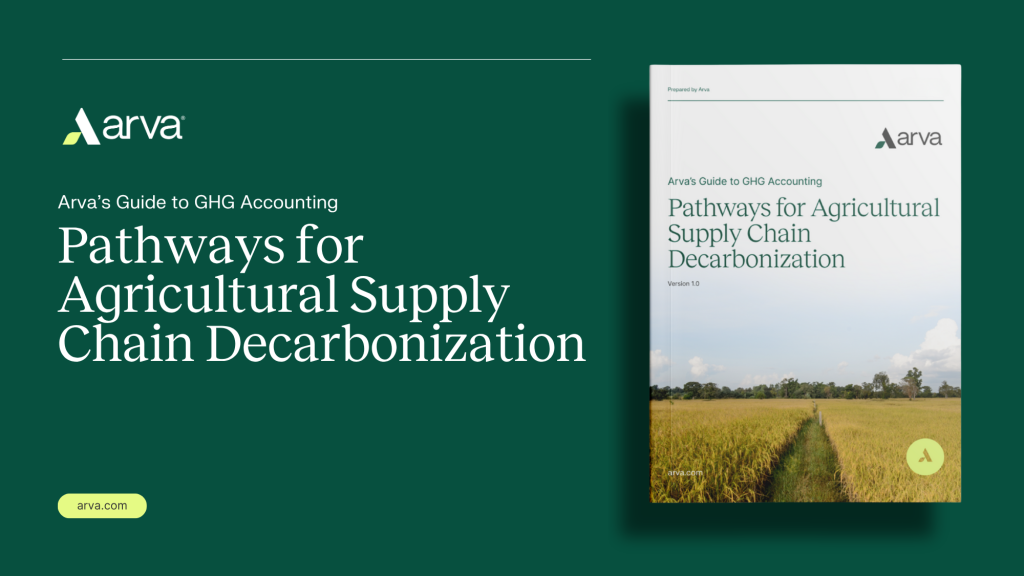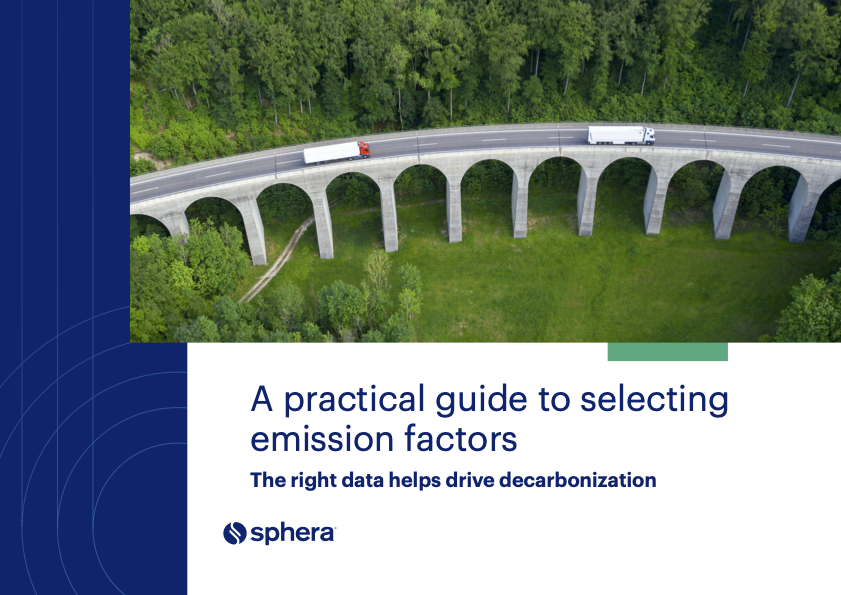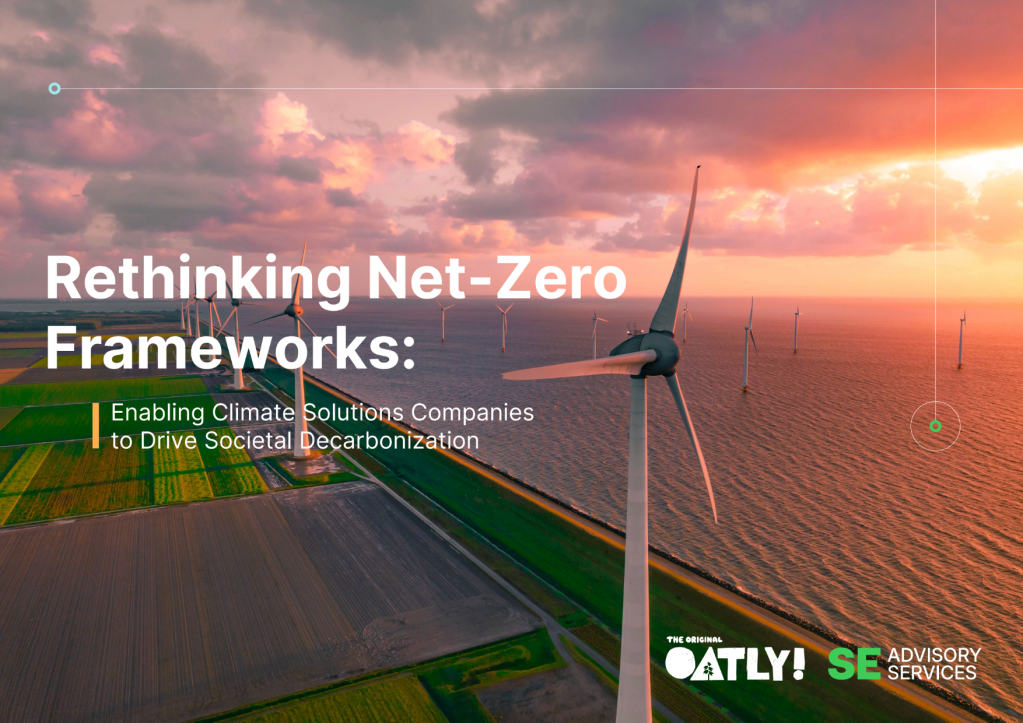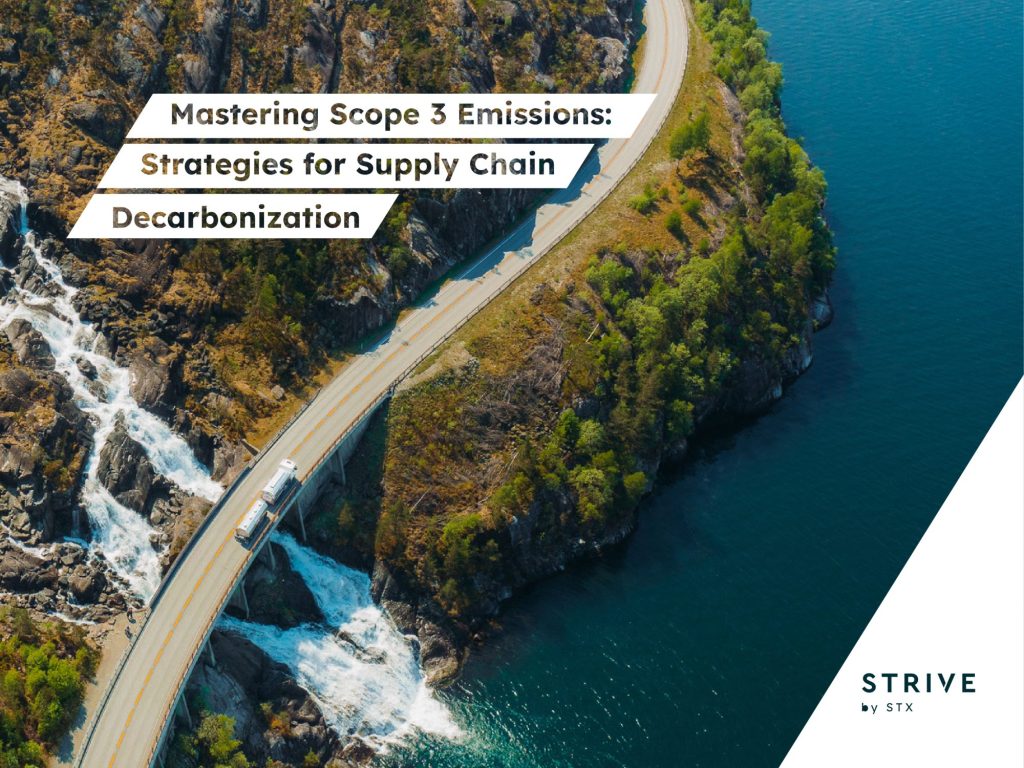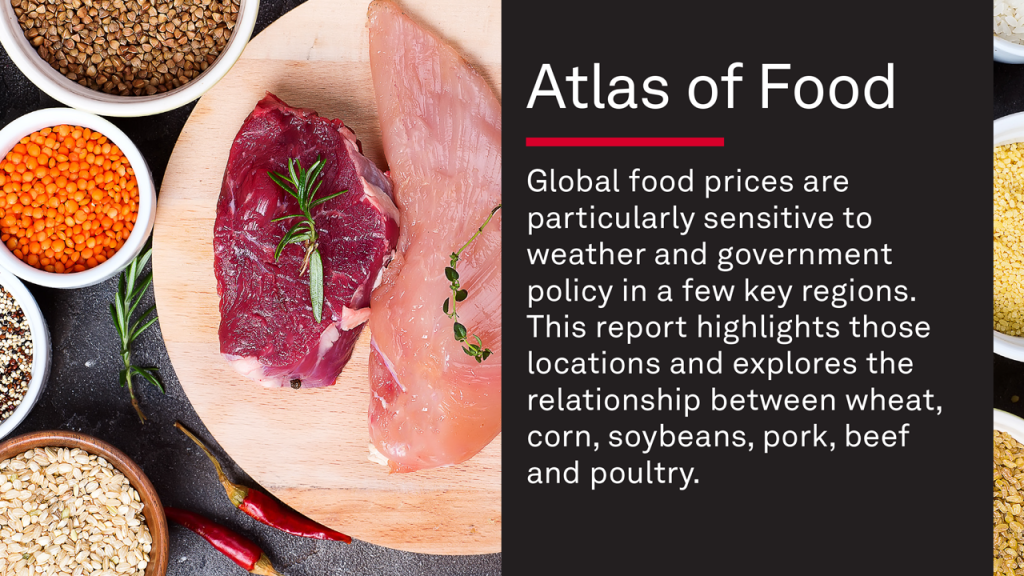Calculating Greenhouse Gas Emissions
Calculating a company’s greenhouse gas emissions be a complex and time-consuming task. It also varies somewhat by company, because the activities that produce GHG emissions may differ. For example, a manufacturing company will likely have extensive emissions from its industrial operations, while the main emissions from a financial services corporation will be from office emissions (e.g., heating and cooling, operating office equipment) and travel.
The various GHG measuring protocols provide extensive guidance and tools for companies seeking to measure their emissions. Here are a few of the basic concepts and terms common to most GHG measuring protocols.
The basic calculation
GHG emissions result from some activity that burns fossil fuels, releasing emissions of carbon dioxide or some other greenhouse gas. (GHG releases can also be due to land-use changes, but these are not relevant to most companies’ operations.) The two basic parts of the calculation are the “activity data,” which quantify an activity, and the “emissions factors,” which convert energy use to the amount of emissions produced based on emissions per unit of energy or fuel used.
- Examples of activity data include kilowatt-hours of electricity used to light an office or operate equipment, and miles driven for business travel or to transport goods.
- Emissions factors are determined and disseminated by a variety of government agencies and organizations, and apply to specific types of energy sources. For example, according to the U.S. Energy Information Administration the emissions factor for gasoline is 19.564 pounds of carbon dioxide produced per gallon of gasoline used.
Determining a company’s emissions, at a very basic level, entails first identifying all activities that generate emissions, and then using the emissions factor of the fuel in a calculation that determines the emissions generated. At a simple level, the calculation is [activity data] X [emissions factors].
Units must be consistent, however, and in some cases an interim calculation must be made. For example, to determine emissions from driving, one would take [miles traveled] divided by [fuel efficiency, i.e., miles per gallon]. This calculation results in number of gallons of gasoline used, which is then multiplied by [emissions factor of 19.564] to get the pounds of CO2 emitted:
[100 MILES TRAVELED] / [25 MILES PER GALLON] X [19.564 LBS CO2 PER GALLON] = 78.256 LBS CO2
Direct and indirect emissions
Any true measure of a company’s total emissions must take into account both direct and indirect emissions.
- Direct emissions are those that are produced by a source controlled by the company. Examples include operations within a company-owned factory, or gasoline burned in a company car.
- Indirect emissions are those that result from a company activity, but are produced by a source external to the company. One common example is use of electricity provided by a commercial utility. The company uses the electricity to run lights or office equipment, but the electric utility is producing the power (and the emissions).
Organizational and operational boundaries
Another challenge in calculating emissions is the need to determine boundaries, including:
- Organizational boundaries, which determine what parts of a company will be accounted for in the emissions inventory. A company may have overseas operations, joint ventures that are only partly owned, or a manufacturing facility that it shares with another company. All of these examples present challenges in determining the proper organizational boundary.
- Operational boundaries, which determine the limits of the activities that a company will count towards it emissions. For example, will the company count emissions from travel of consultants working on a company project?
Measuring protocols provide guidance in determining boundaries, but ultimately many of these are company decisions.
CO2 equivalents
The most common greenhouse gas is carbon dioxide. Numerous other gases, however, also have greenhouse properties, including methane, nitrous oxide, hydrofluorocarbons (HFCs), perfluorocarbons (PFCs), and sulfur hexafluoride. These gases each differ in their ability to absorb heat in the atmosphere. For example, methane is 21 times as powerful as CO2, so it is considered to have a “global warming potential” of 21. Other gases are hundreds or thousands of times as powerful as CO2. Therefore, a pound of emissions of CO2 is not the same in terms of climate impact as a pound of another greenhouse gas. To rectify this discrepancy, GHG emissions are often reported in terms of “CO2 equivalents,” determined by multiplying the amount of emissions of a particular gas by the global warming potential of the gas.

